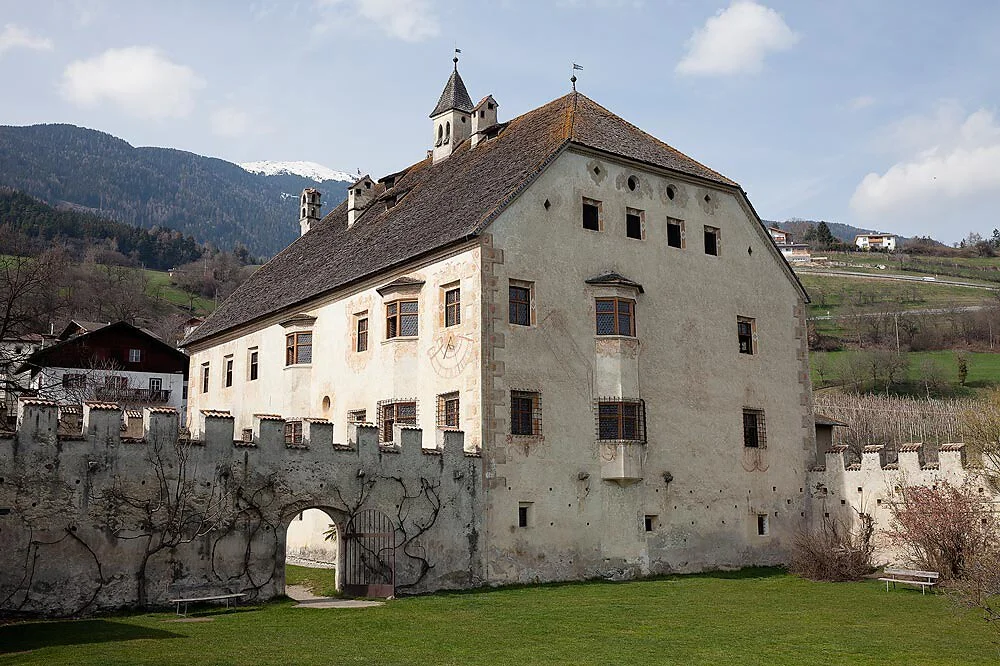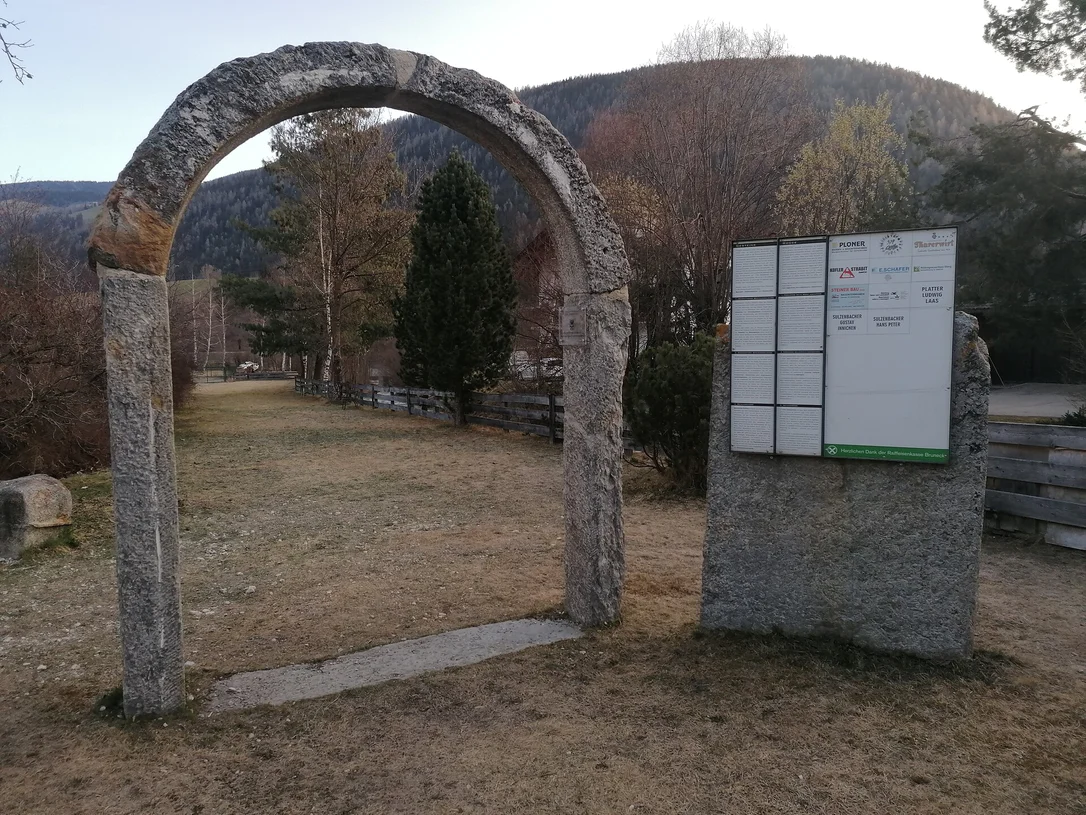How have women lived, thought, and fought across the centuries? What have they changed — and how have they shaped the world? For those seeking answers in Merano, the Women’s Museum offers a rare and powerful perspective. One of the few museums in Europe devoted entirely to women’s history, it invites visitors to explore the stories, struggles, and achievements of women across time.
Since 1988, the museum has been housed in the former Poor Clares convent in the heart of Merano’s old town – a fitting setting for a space that encourages visitors to leave behind conventional perspectives and rediscover history from a different point of view. Spread across several floors, the exhibition presents a compelling panorama: from Victorian corsets to miniskirts, from quiet heroines to revolutionary pioneers. Fashion plays a particularly meaningful role. For generations, women’s clothing has been more than a matter of style – it has reflected freedom and restriction, social standing and new beginnings. Among historic dresses and accessories, figures such as Empress Elisabeth (“Sisi”), Marie Curie, and Rosa Parks shed light on how women have dared to break boundaries.
Exciting Insights:
- The oldest piece on display is a true highlight: an 18th-century lace shawl – handmade and as exquisite as a treasure.
- In addition to the permanent collection, the museum regularly hosts special exhibitions that explore contemporary issues such as gender, feminism, and body image.
- Since 2006, the museum has been run by a nonprofit organization made up entirely of women working on a voluntary basis.
But the Women’s Museum is more than a place of reflection – it is a vibrant forum. Readings, panel discussions, workshops, and cultural initiatives turn it into a hub for anyone engaged with questions of equality, diversity, and social transformation. What makes it especially compelling is its dual focus: international in outlook, yet deeply rooted in the local context. In this way, the Women’s Museum builds bridges – between past and present, between global movements and personal stories. A visit opens doors: to forgotten lives, to fresh perspectives, and perhaps even to a new understanding of oneself.
Entrance fees
adults €7.00
reduced (students, seniors) €5.00
children (8-14 years) €3.00




















































































